Our Value Chain
Taking on Greater Ownership
Beyond recognizing the domino effect that activity in our industry can create for others, it is imperative that we understand our own closer waves of impact. When we designed our Twentyby30 program, we aimed to not only practice greater accountability in our own operations but to look outward and account for our interactions across the sector. As a major packaging manufacturer with global reach, we recognize the opportunity to encourage responsible behavior beyond ourselves. Through our various business units, we touch many industries and their supporting supply chains. With every product, we are one entity among a larger network of material suppliers, brand manufacturers, distributors, retail stores, consumers and recycling/waste systems, working together to advance toward a more sustainable future.
When we draw the lines of our ownership in the value chain, we consider the fact that we enable the creation of consumer goods and connect people with critical items used around the world every day. We aid brands in delivering sustainable, safe, reliable, high-quality products in markets like food and beverage, household and personal care and beyond. Knowing that the packaging we manufacture will change hands several times on its way to the consumer, we must maintain strong ethical standards throughout each stage. Additionally, it is our responsibility to contribute to consumer education around their packaging decisions and interactions to foster a Circular Economy.
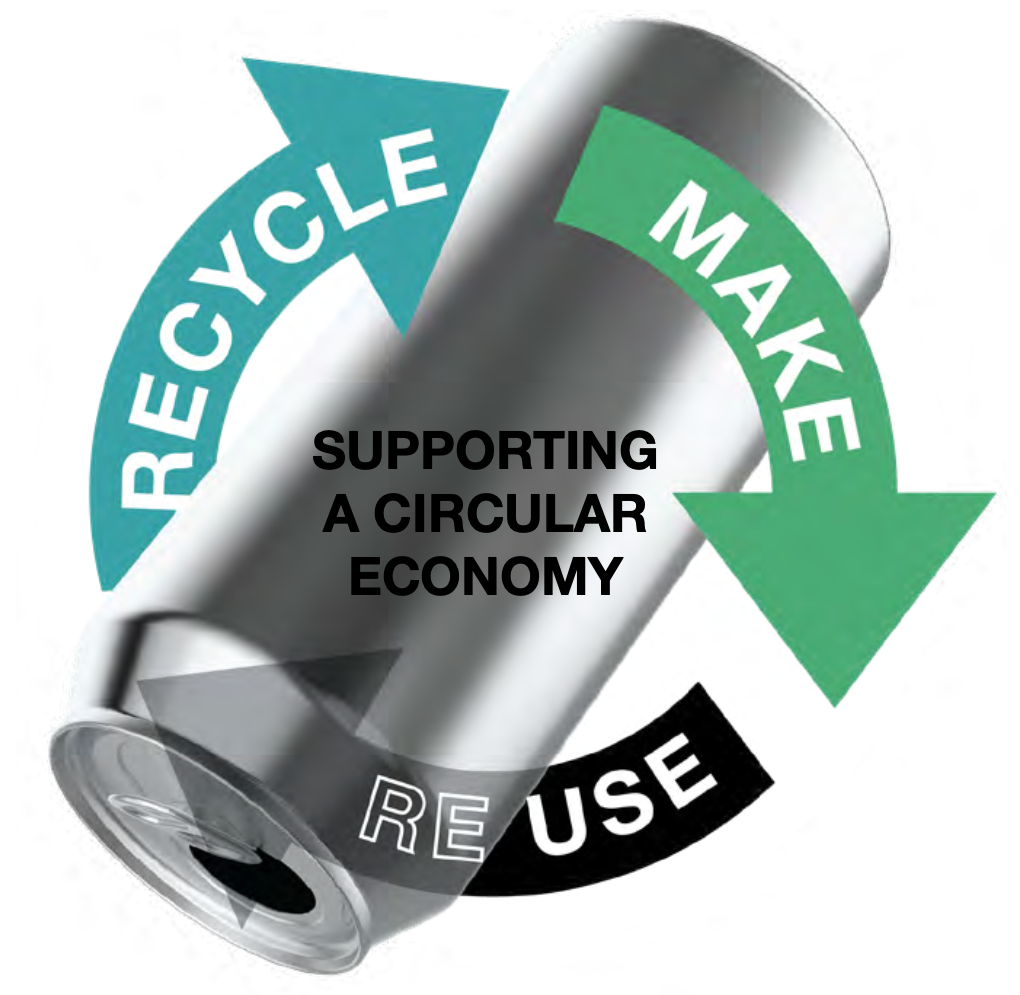
Understanding Our Value Chain
Whether in the context of our metal packaging businesses or our Transit Packaging Division, our work in the manufacturing field and our finished products require overlap with several downstream and upstream partners, as well as consumers. These value chain cycles include:
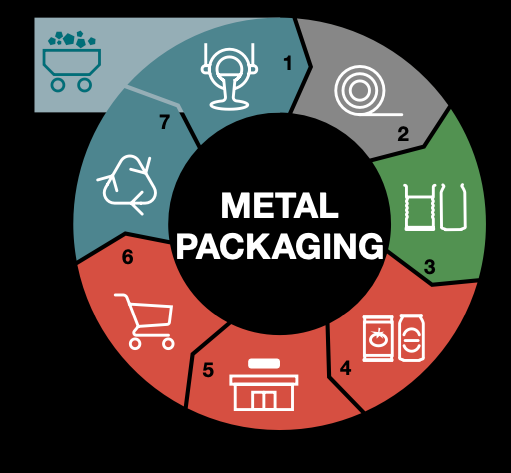
- Material: Mining & recycled metal
- Metal Production: Processing & rolling
- Crown Manufacturing: Cans & ends
- Customer: Fillings & sealing
- Retailers: Food, beverage & E-commerce businesses
- Consumers: Purchase, consumption & disposal
- Recycling: Collection & sorting
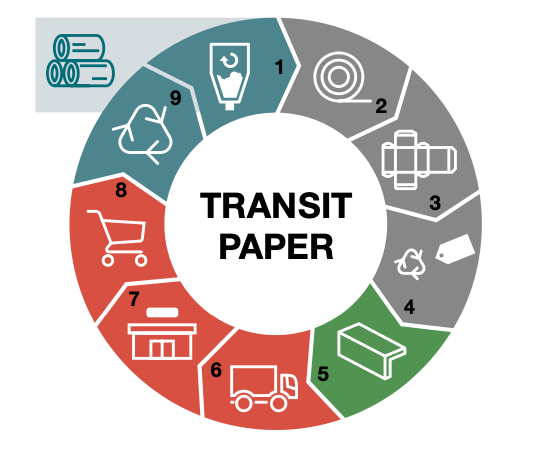
- Materials: Logging & recycled paper, pulping
- Paper Production: Processing
- Manufacturing: Printing & converting industries
- Material Supply: Recycled scrap
- Crown Manufacturing: Angleboard & cornerboard
- Distributors: Industrial & commercial
- Retailers: Freight shippers, white goods, manufacturing & consumer goods
- Consumers: Purchase, consumption & disposal of paper products
- Recycling: Collection of recycled paper
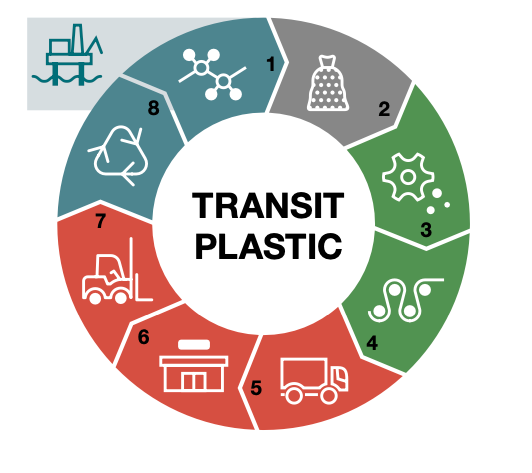
- Material: Oil extraction & recycled plastic
- Polymer (Plastic) Production: Processing & rolling
- Crown Manufacturing: Pelletizing, reduction & sorting
- Crown Manufacturing: Plastic strap production
- Distributors: Industrial & commercial
- Retailers: Freight shippers, brick, lumber & white goods manufacturing
- Consumers: Purchase, consumption & disposal
- Recycling: Collection of recycled plastics
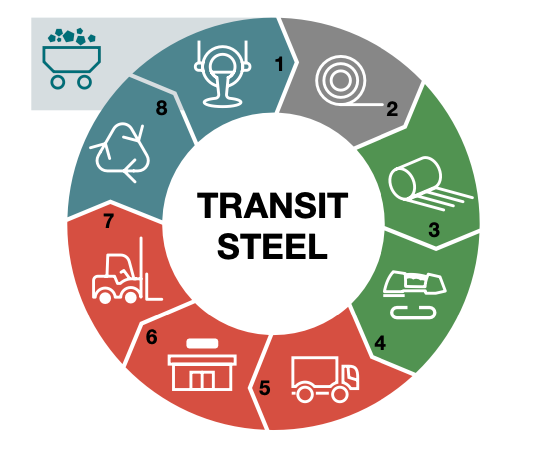
- Material: Mining & recycled steel
- Steel Production: Processing & rolling
- Crown Manufacturing: Steel straps
- Crown Manufacturing: Steel seal & tool
- Distributors: Industrial & commercial
- Retailers/ E-Commerce: Freight shippers, brick, lumber & white goods manufacturing
- Consumers: Purchase, consumption & disposal
- Recycling: Collection of recycled strapping